The scientific and technological achievement appraisal for "Key Technology Research and Product Development of IGCT-based Hybrid Commuted Converter" was held in Beijing on July 29, both online and offline. The event was organized by the China Machinery Industry Federation (CMIF), and attended by over 70 participants, including experts from the Appraisal Committee, representatives of CMIF, and distinguished guests from Tsinghua University, Xi 'an XD Power Systems Co., Ltd., Huairou Laboratory, State Grid Henan Electric Power Company, Xi'an PERI Power Semiconductor Converting Technology Co., Ltd., and Tsinghua Sichuan Energy Internet Research Institute. After questioning, Q&A and discussion, the Appraisal Committee unanimously agreed that "the scientific and technological achievements have completely independent intellectual property rights", "have reached the international leading level, and are allowed to pass the appraisal. It is recommended to accelerate the engineering application."
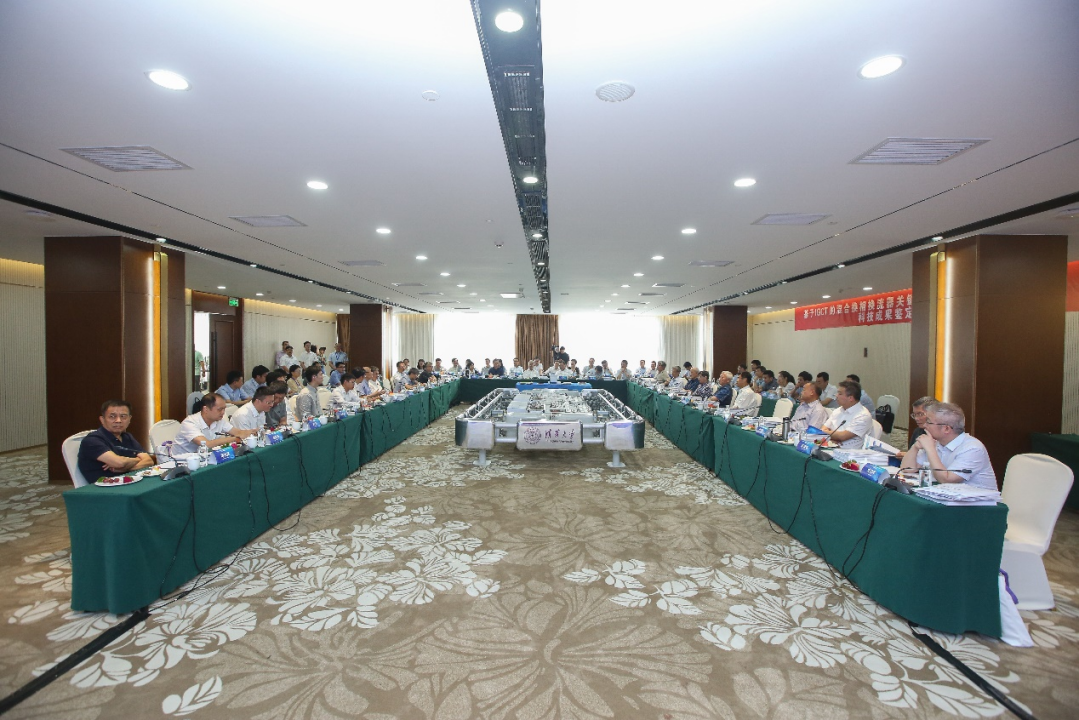
Figure 1: At the appraisal meeting
The Appraisal Committee consisted of Chairman Xiaoxin Zhou, Academician of China Electric Power Research Institute, Vice Chairman Academician Licheng Li from China Southern Power Grid Corporation and Academician Yinbiao Shu from State Grid Corporation of China. The members include Academicians An Luo at Hunan University, Qiuliang Wang at Institute of Electrical Engineering of Chinese Academy of Sciences, and Hong Rao of China Southern Power Grid Corporation, as well as Nanchao Zeng, Professor of Engineering at China Electric Power Research Institute, Jifeng Wang, Chief Engineer of China Southern Power Grid Corporation, Yu Dong, Secretary of the Party Committee of Power Dispatching Control Center of State Grid Corporation of China, Xianshan Guo, Deputy Director of Equipment Department of State Grid Corporation of China, Zhongming Du, President of China Electric Power Planning & Engineering Institute, Chongjian Li, Professor of Engineering of Automation Research and Design Institute of Metallurgical Industry, Xiang Cui, Professor of North China Electric Power University, Professor Jinyu Wen, Assistant to the President of Huazhong University of Science and Technology, Professor Lijian Ding, Vice President of Hefei University of Technology, Sili Yao, Chief Expert of Xi'an High Voltage Apparatus Research Institute Co., Ltd., Guohua Zhang, Head of Technology Department of the DC Technology Center of the State Grid Corporation of China, Ming Li, Director of the DC Technology Center of the State Grid Economic and Technological Research Institute Co., Ltd., and Dingzhen Nie, Professor of Engineering of State Grid Economic and Technological Research Institute Co., Ltd.
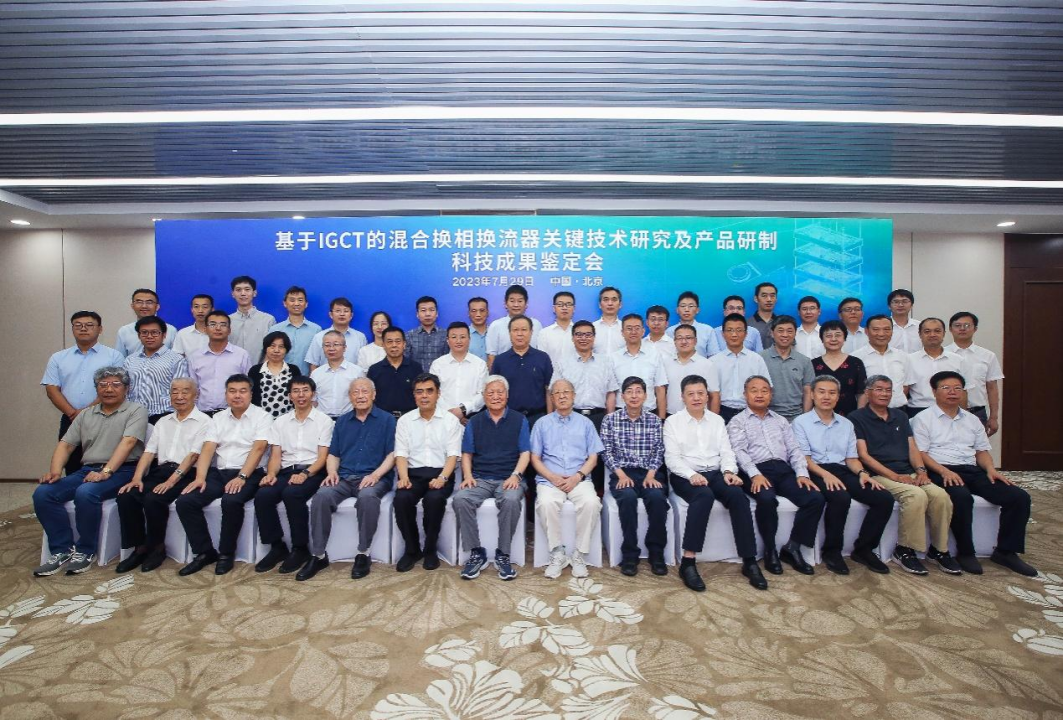
Figure 2: Group photo of (some) participants
The conference also invited Academician Yingduo Han of Tsinghua University, Chongqing Kang, Chair of the Department of Electrical Engineering and Director of the Energy Internet Research Institute of Tsinghua University, Qun Zhou, Deputy Secretary of CPC and General Manager of China Electrical Equipment Group Co., Ltd., Fan Zhang, Director of Science and Technology Innovation Department, Qingfeng Xie, Deputy General manager of China XD Electric Co., Ltd., Binbin Li, Director of Science and Technology Innovation Department, Yantao Lou, General Manager of Xi 'an XD Power Systems Co., Ltd., Hui Pang, Director of Science and Technology Innovation Department of Huairou Laboratory, Xiaoguang Wei, Deputy Director of New Power System Research Center, JinXang Wang, Former Chairman of State Grid Henan Electric Power Company, Wei Song, Deputy General Manager of State Grid Henan Electric Power Company, Yanli Pang, Deputy General Manager of Xi 'an PERI Power Semiconductor Converting Technology Co., Ltd., and Lei Zhang, Deputy Chief Engineer of PERI. After the meeting started, Professor Chongqing Kang and General Manager Qun Zhou delivered speeches on behalf of the completion units.
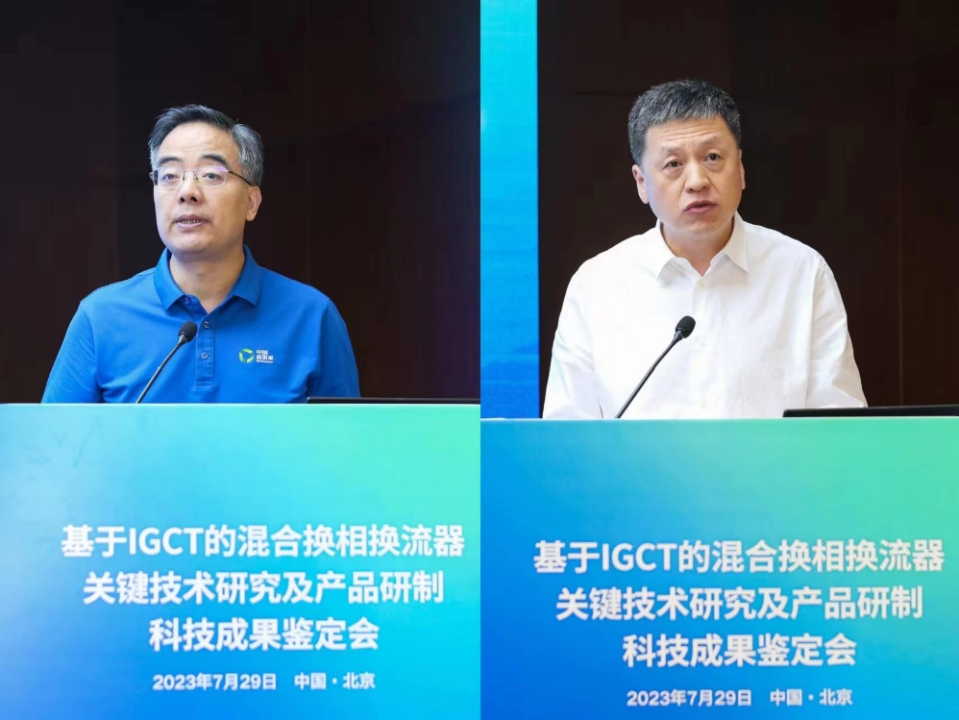
Figure 3: Leaders of the completion units delivering speeches
On behalf of the completion units, Professor Rong Zeng and Associate Professor Zhanqing Yu of Tsinghua University delivered speeches on the efforts and technical results of the project, presenting the comprehensive research process and key technical results to the Appraisal Committee.
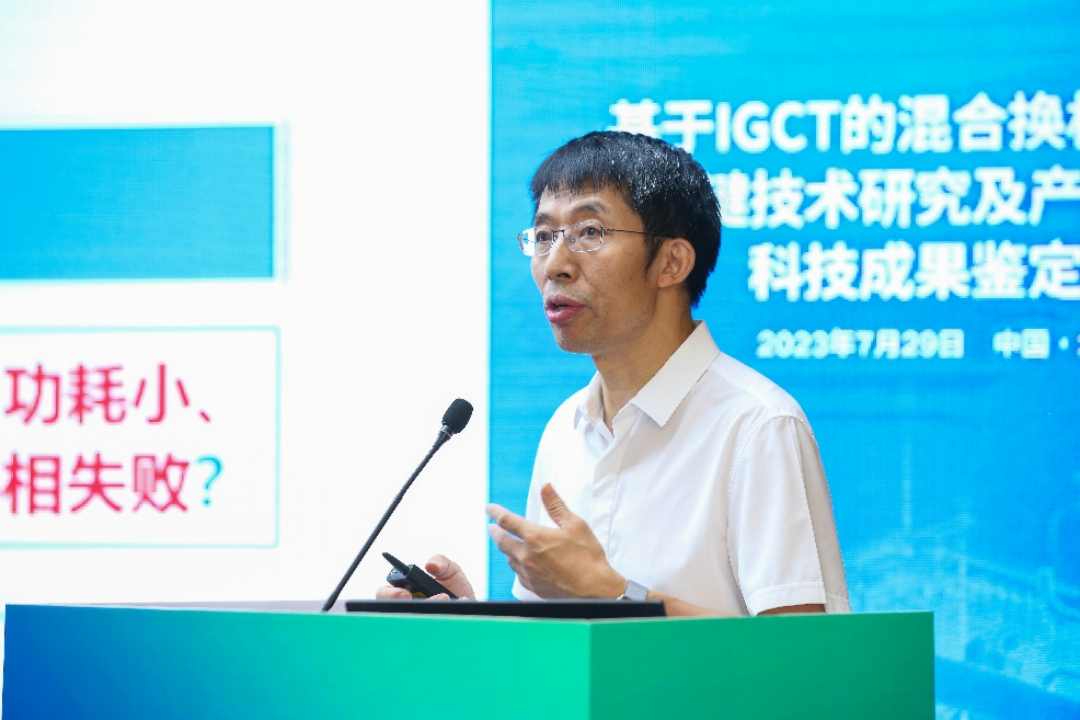
Figure 4: Professor Rong Zeng of Tsinghua University delivering a speech on project-related efforts
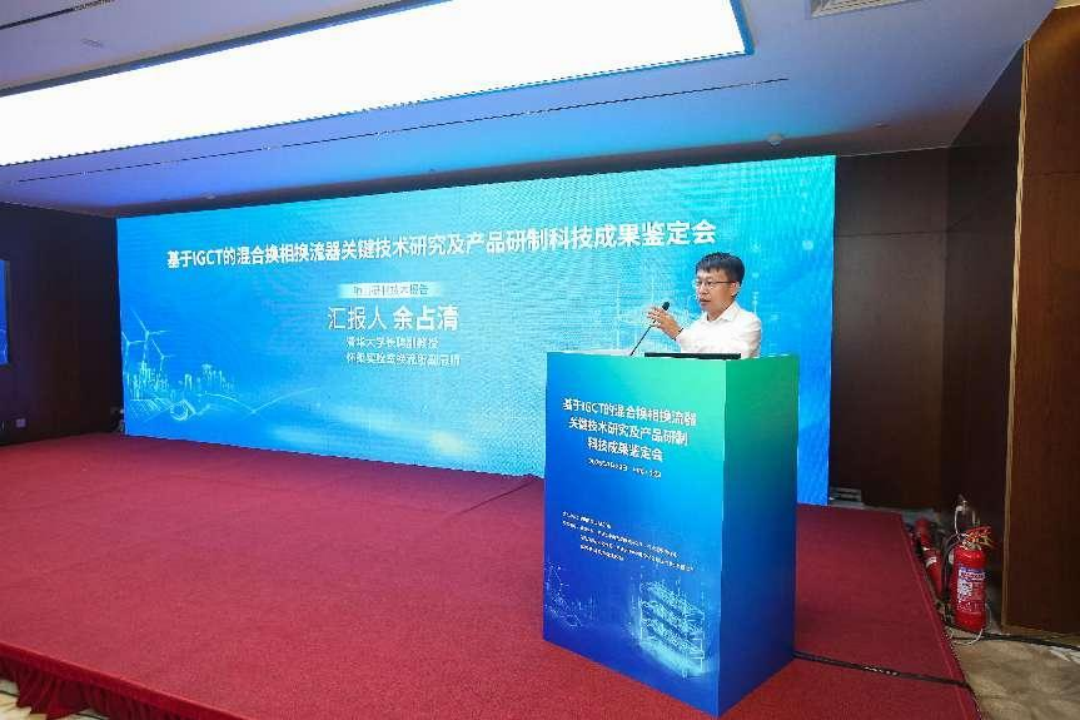
Figure 5: Associate Professor Zhanqing Yu of Tsinghua University delivering a speech on technical results
Due to the mismatch between power generation and electricity consumption in China, "West-to-East power transmission" has been a long-term major strategy for China's energy development. DC transmission, with its advantages such as large energy delivery, long transmission distance, low loss and flexible control, has been the preferred mode for "West-to-East power transmission". However, the conventional DC transmission system based on Line Commutated Converter (LCC) suffers from the problem of commutation failure, which poses a serious threat to the safe and stable operation of the conventional DC transmission multi-terminal grid. The team led by Professor Rong Zeng, in close cooperation with Xi 'an XD Power Systems Co., Ltd., State Grid Henan Electric Power Company and PERI, has conducted relentless research for 8 years since 2015. Following the principle of "one generation device, one generation equipment", the team proposed a new hybrid commuted conversion method based on reverse blocking IGCT device in light of "new solutions, new devices, new equipment", and developed a new type of IGCT device with bidirectional blocking capability, advanced the key technologies of series voltage balancing and high reliable control and protection for hundreds of devices, successfully developed the world's first Hybrid Commutated Converter (HCC), eliminated the risk of conventional DC transmission commutation failure, and achieved a new breakthrough in DC transmission technology.
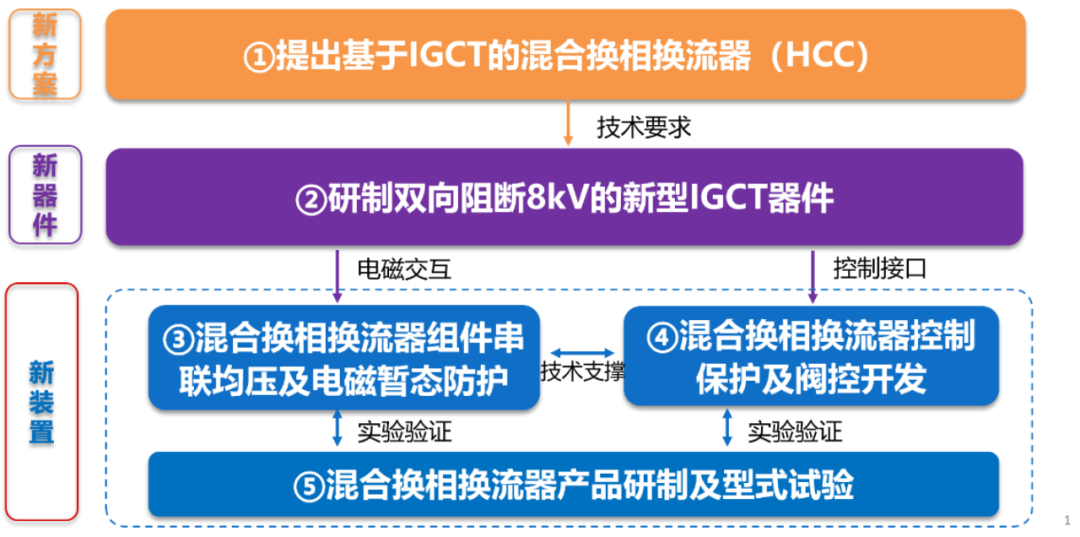
Figure 6: Overall Architecture of Innovation Achievements
Achievement 1: A new method for hybrid commuted converter based on reverse-blocking IGCT devices has been proposed. A new scheme of hybrid commuted converter based on reverse blocking IGCT devices has been proposed, which has the hybrid commutation capability of "recovering and enhancing natural commutation + active turn-off forced commutation", eliminates the risk of commutation failure in conventional DC transmission, and significantly reduces reactive power demands.

Figure 7: New hybrid commuted conversion method
Achievement 2: A new type of IGCT device with bidirectional blocking capability was developed. A new chip structure with high voltage tolerance, high current capability and strong turn-off was proposed, which has brought about a new chip process with high consistency and stability, and addressed the challenge of low loss and high-reliability gate drive. A new IGCT device with 8kV bidirectional blocking capabilities was developed, with a turn-off current of 5.5kA and a current capacity of 3kA, making it internationally leading in parameters to meet the needs of high-voltage hybrid commuted converters.

Figure 8: 8 kV/3kA reverse blocking IGCT device
Achievement 3: A new hybrid commuted converter that could eliminate the risk of commutation failure has been developed. A new method for series voltage balancing of IGCT devices has been proposed, which has addressed the challenge of voltage balancing when hundreds of devices are connected in series. A transient voltage protection method with "device-equipment-system" coordination for hybrid commuted converters has been proposed t for transient voltage protection, ensuring the electromagnetic transient safety of the converter. The highly reliable control and protection technology for hybrid commuted converters has been improved. The world's first hybrid commuted converter with a rated voltage of 120kV, and a rated capacity of 360MW has been developed, which has passed comprehensive tests under all operating conditions.
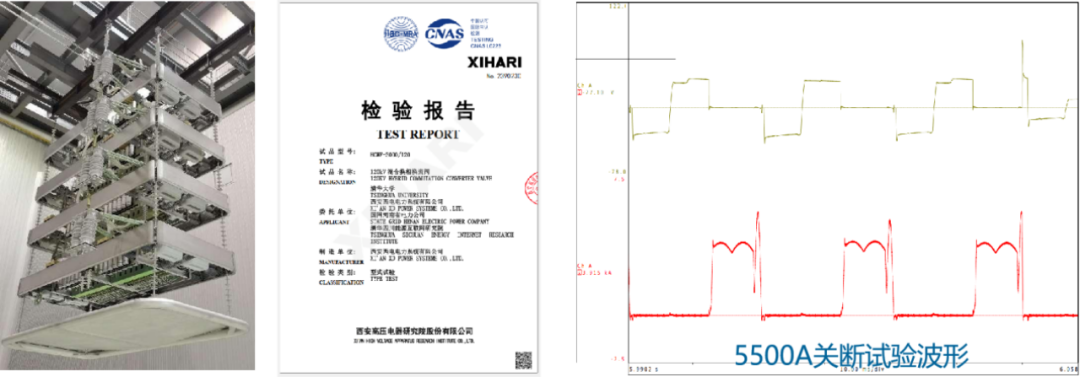
Figure 9: 120kV hybrid commutated converter
The experts of the Appraisal Committee visited the bidirectional blocking IGCT devices and the hybrid commuted converter on site.
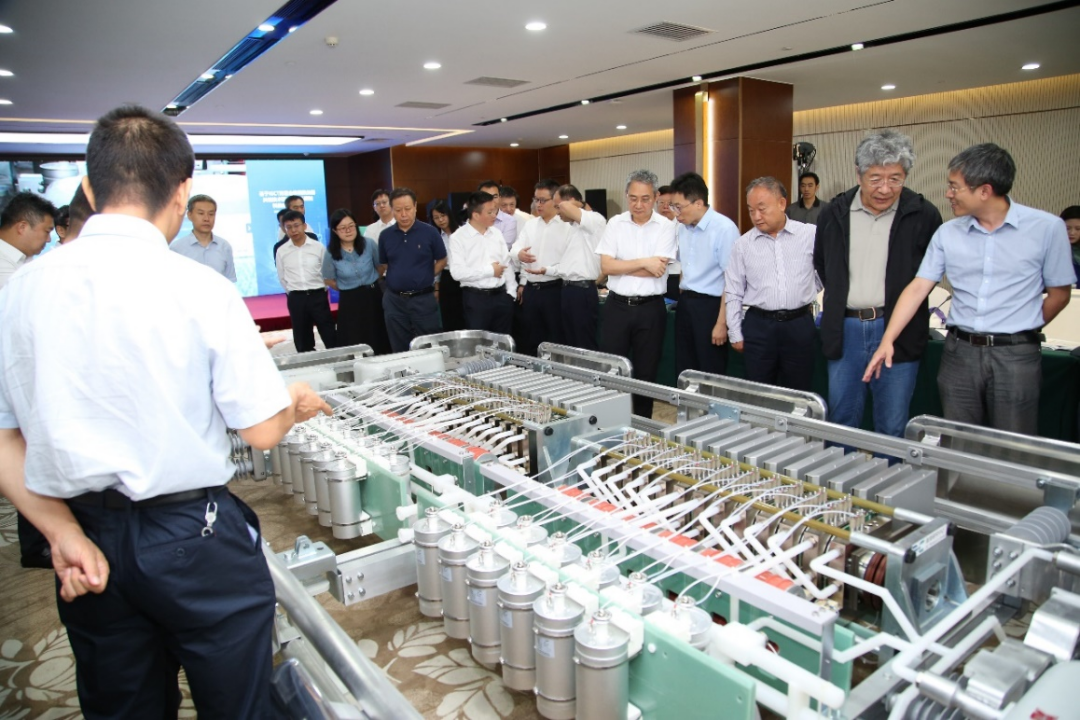
Figure 10: Experts visiting the hybrid commuted converter
Academician Yingduo Han, a special guest, also praised the project’s results and recommended advancing engineering applications as soon as possible.
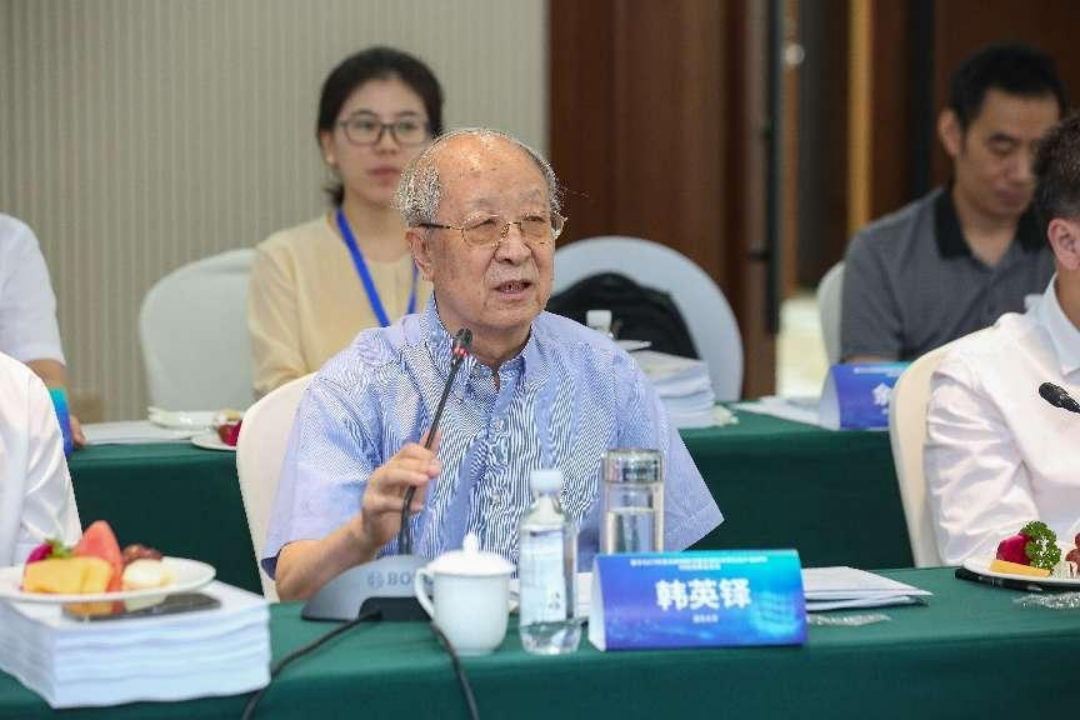
Figure 11: Academician Yingduo Han commenting
The hybrid commuted converters based on the new IGCT devices could be applied for the renovation of conventional DC projects or new UHV DC transmission projects. They retain the advantages of large capacity, low cost, low loss and high reliability similar to the conventional LCC DC transmission, and can significantly reduce the reactive power compensation demands at converter stations, which represents a new breakthrough in DC transmission technology.